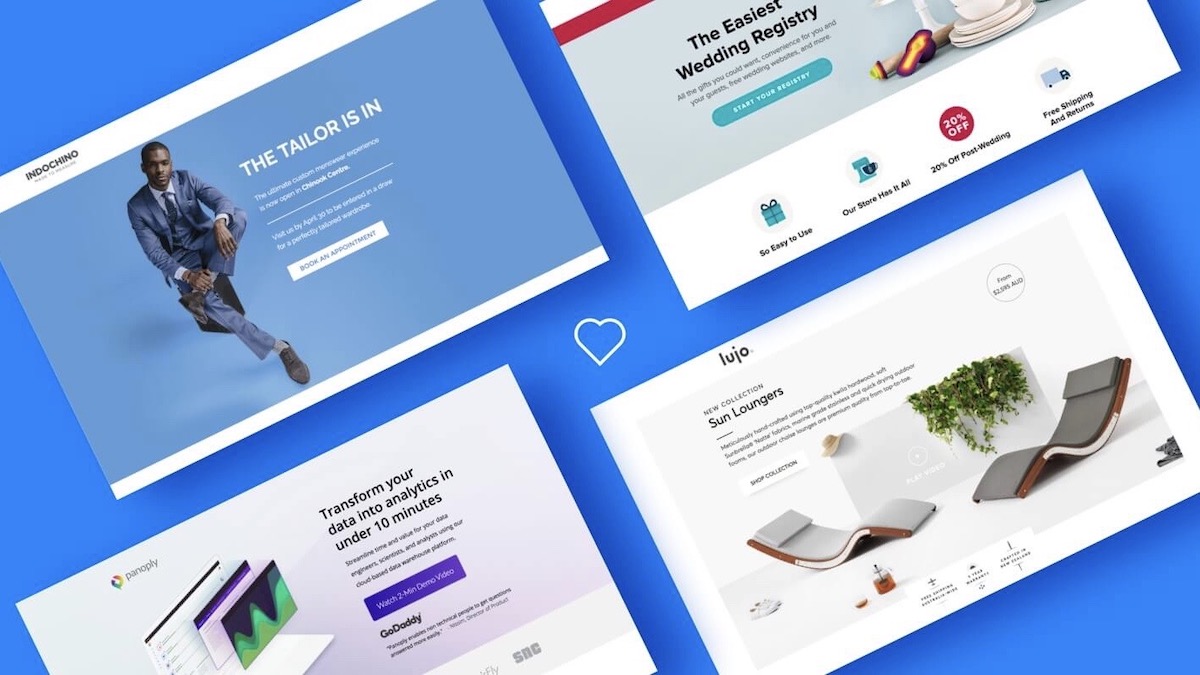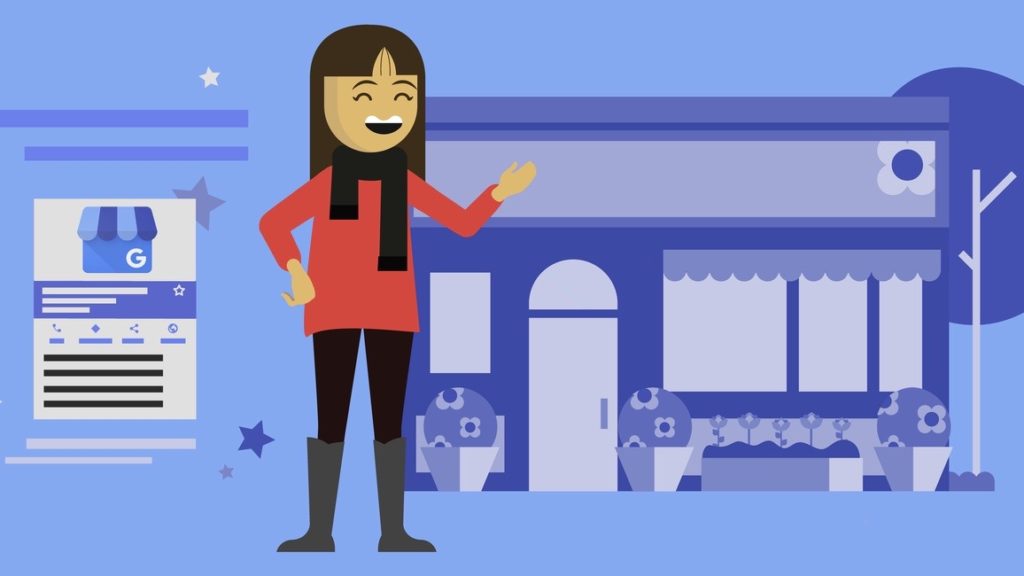
What do Top-Performing Local Landing Pages Have in Common?
If you want to dominate your local market and get a coveted top spot in Google’s local pack, you’re going to need to address two key components: landing page conventions and local SEO ranking factors. The best performing local landing pages are optimized from a local SEO perspective, but they’re also finely tuned for lead generation. Here’s a look at what the top-ranking websites have in common, plus some stats to help drive it home.
Dissecting the Anatomy of an Optimized Local Landing Page
Strong Headline
Your headlines should clearly convey what you do and why customers should choose you by highlighting your unique selling proposition (USP) and value proposition. Pay special attention to the h1. 80% of the first-page search results in Google use an h1, and you should too. Even better, use a strong keyword in your h1.
Page Copy
Create messaging that authentically connects with the customer, but also consider the language they’ll be using in their search. Align the two as much as possible without keyword stuffing.
Product Benefits. Clearly Answer Why Do I Need This?
Explain what your product or service entails and how it benefits the customer. Here’s your chance to tap into your customer’s emotions with copy that addresses their pain points and highlights how you can provide solutions.
Social Proof
Don’t just ask people to take your word for it. Demonstrate that you deliver by including testimonials, reviews, and trust symbols (recognized badges and signs that add credibility). Have you noticed the Google Partner badge on our site?
Meet Our Team
Humanize your business by showcasing your talent. Customers like seeing faces behind a name.
Contact Information
Self-explanatory! Let customers know how to get in touch by including contact details (phone number, address, email) and/or a form. make sure this is consistent everywhere since search engines and customers are likely to be more trusting of a business with consistent info.
Location Map
Because we’re focused on local landing pages here, a map showing your location is useful. If you don’t have a physical address that’s relevant to the customer, consider showing the area you service.
Your Landing Page Must Have Compelling Calls To Action
Make CTAs strong and clear. For local landing pages, the primary CTA is often related to how to get in touch, but pick a CTA that makes sense for your particular business and where the customer is likely to be in the sales cycle.
A Well-Optimized Landing Page Should Include
- Location hours, including special hours for holidays or hours that may differ for specific departments.
- A map with a pin indicating the store’s location.
- A “get directions” CTA button underneath the map.
- Nearby locations information about this location including name, address, and phone number tagged properly with Schema markup.
- Photo content can be used to showcase the store itself as well as the most popular products or services.
- Keep in mind, however, that a local pizza restaurant will display different information compared to a local gym or clothing store.









